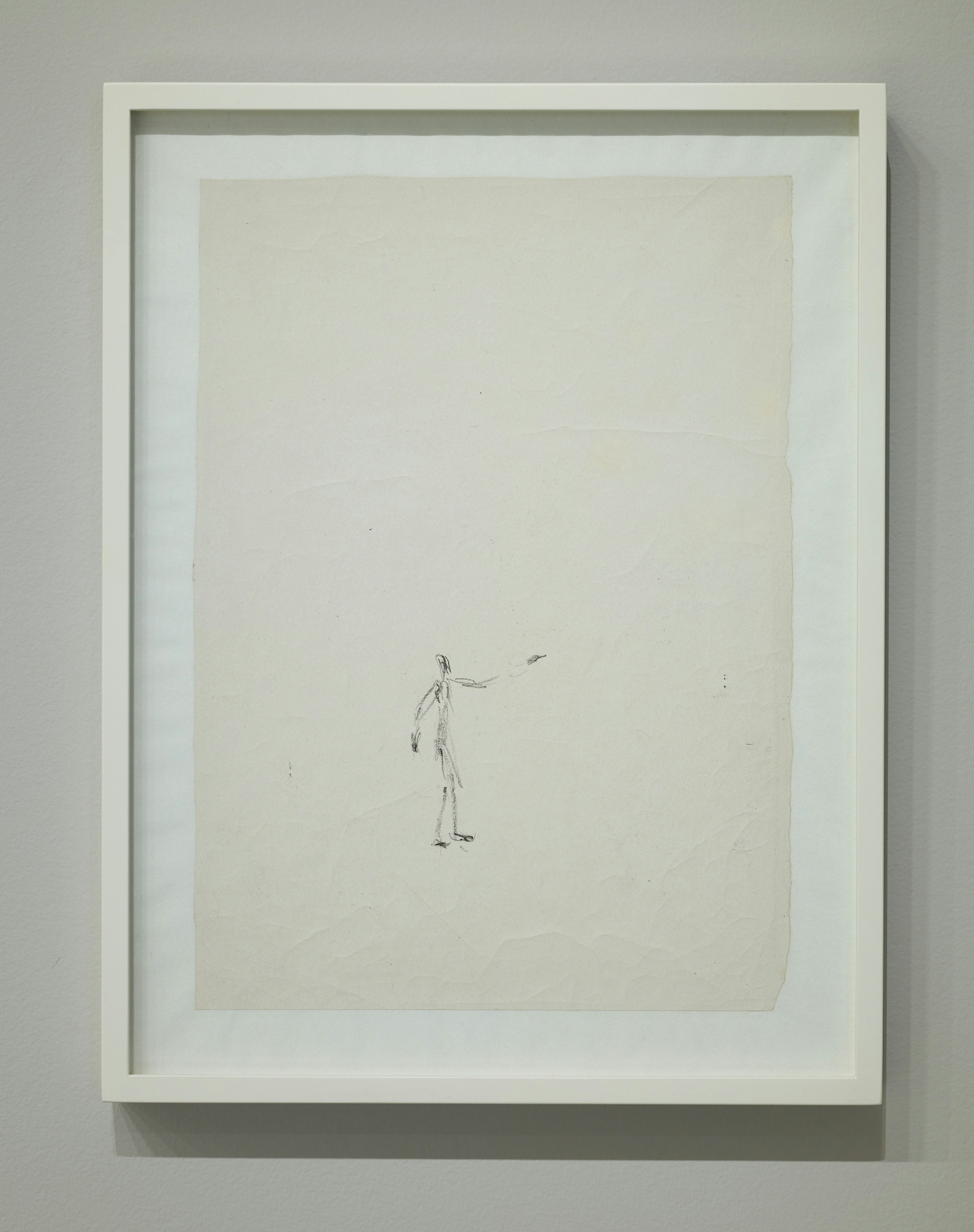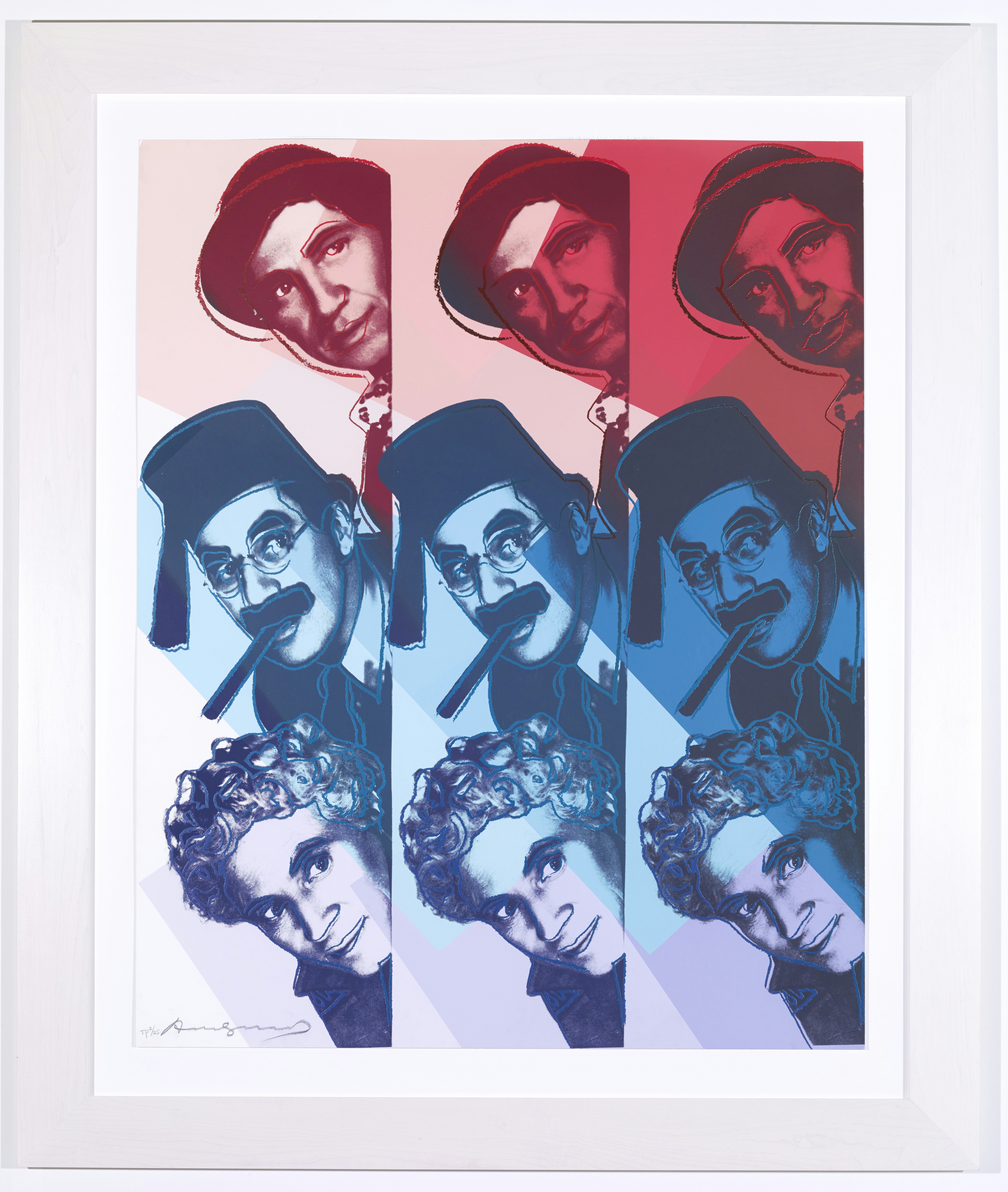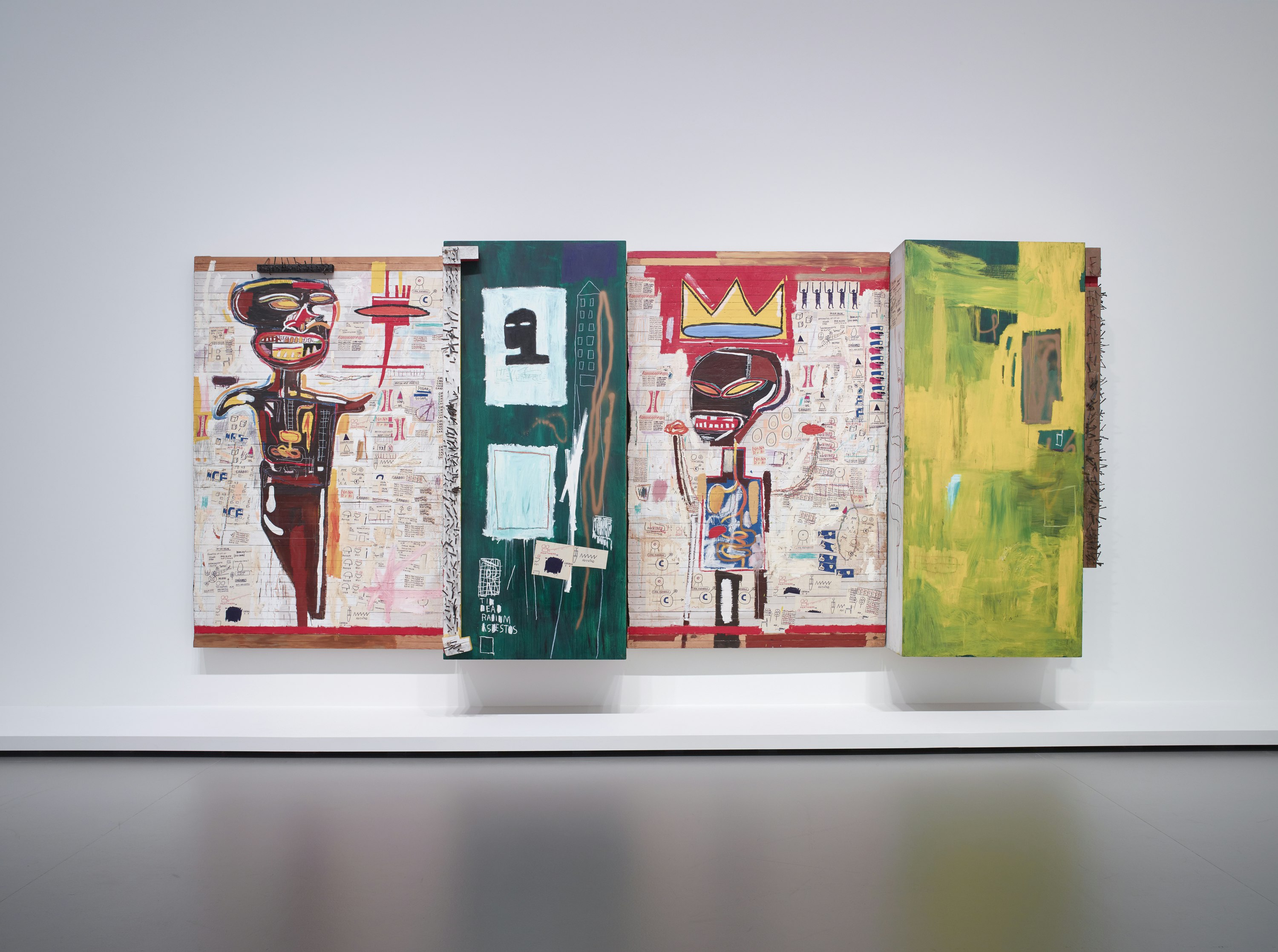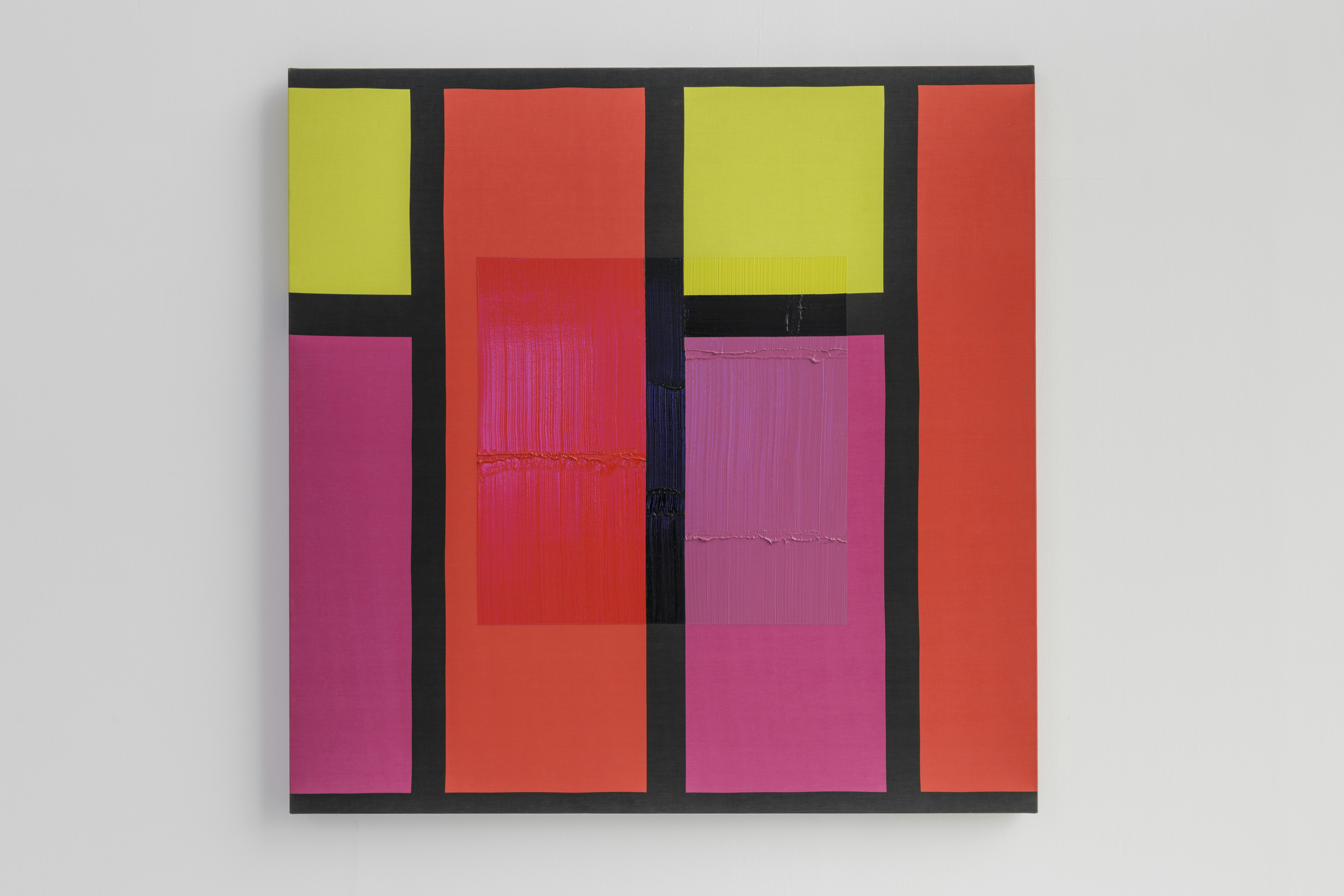Thomas Schütte
Thomas Schütte creates many different types of work in his personal and uncategorisable “repertoire”, in the theatrical sense. Influenced by the teaching of Gerhard Richter, he moved away from the dominant minimal and conceptual forms to find an original way of translating his thoughts on representing the power and social responsibility of art in architectural models designed to be “models for thinking”.
The idea of the monument is central. In the 1980s, to indicate the scale of his models and installations, he began incorporating figures, which are indissociable from this political investment in space. The use of traditional techniques and materials such as clay, wax, ceramic, steel and bronze is accompanied by a re-examination of classical figurative themes: female nudes, standing figures. Schütte’s work takes on a more peaceful expression in his engravings, watercolours of flowers and portraits, some very personal. The questioning of scale, which stems from the monument, remains in his representation of people, who are larger than life, distant and self-absorbed.
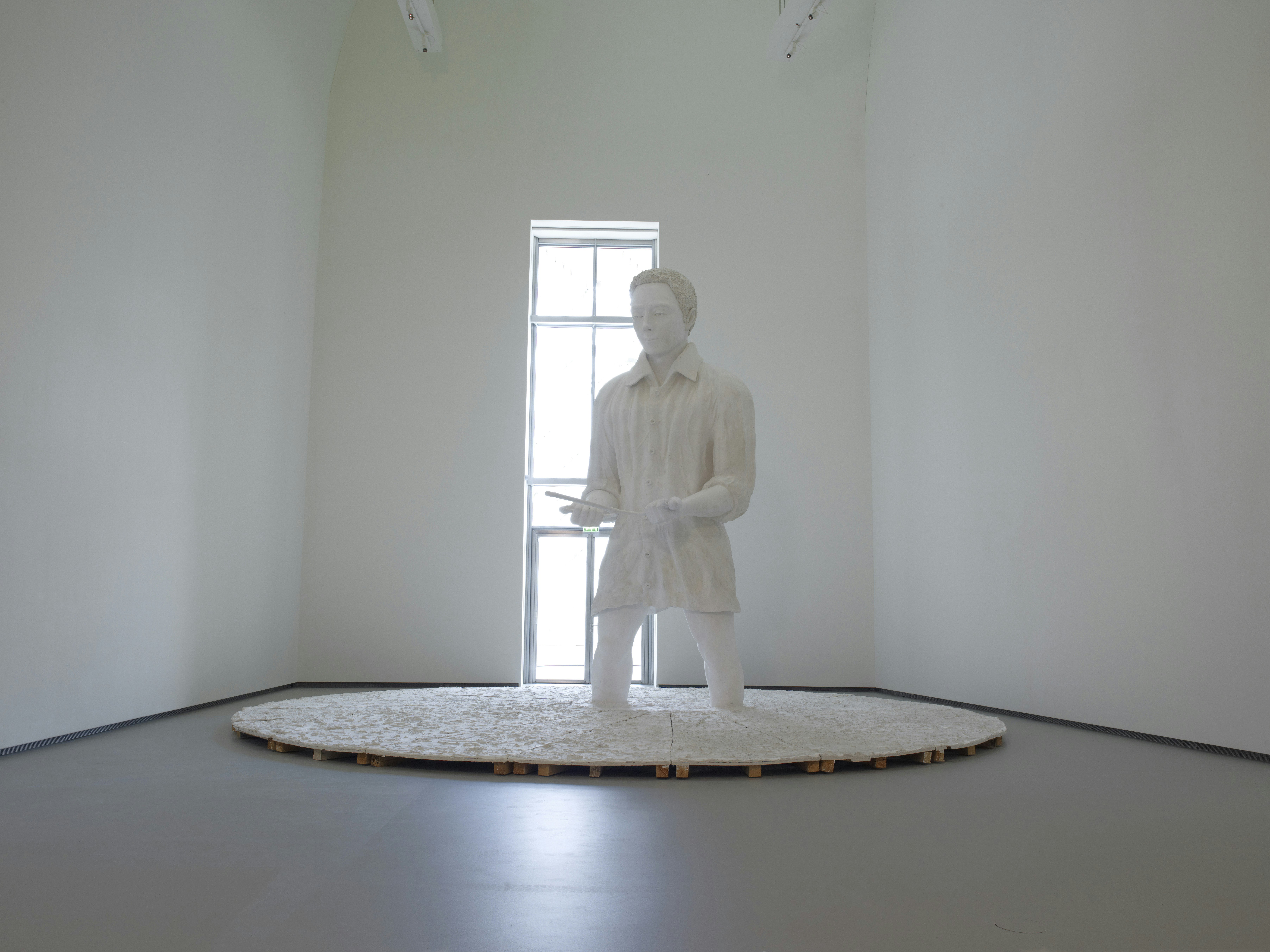



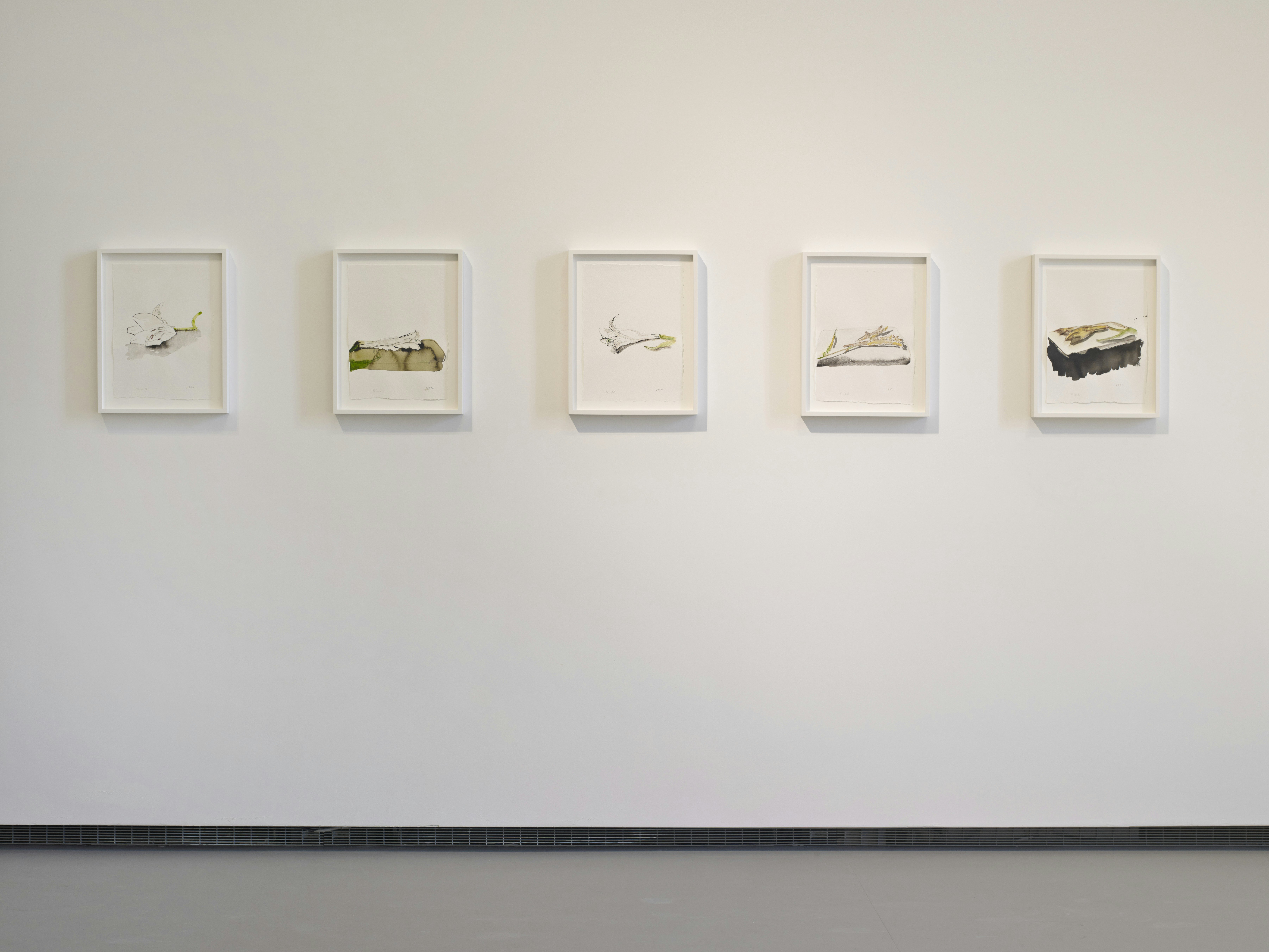
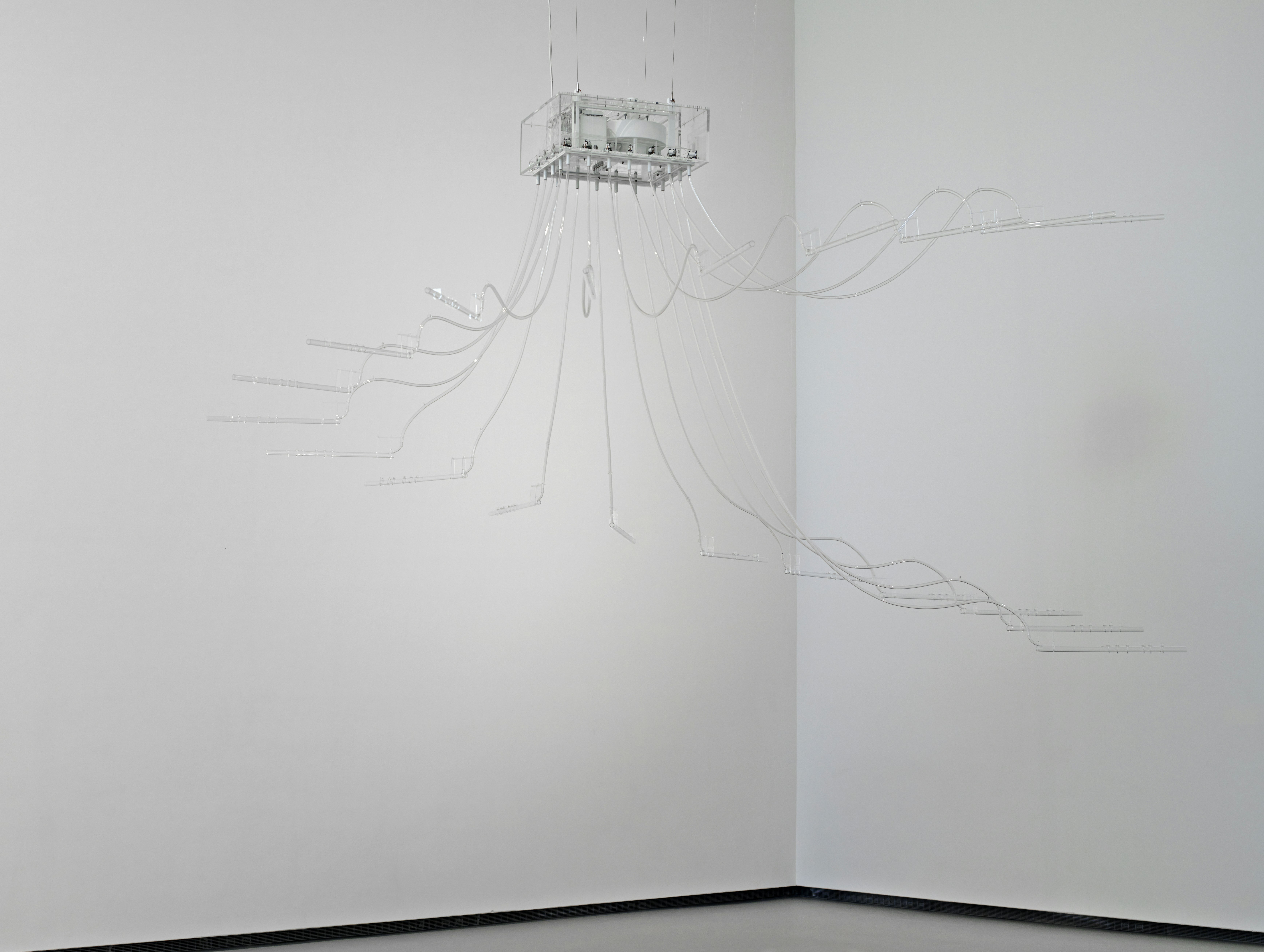
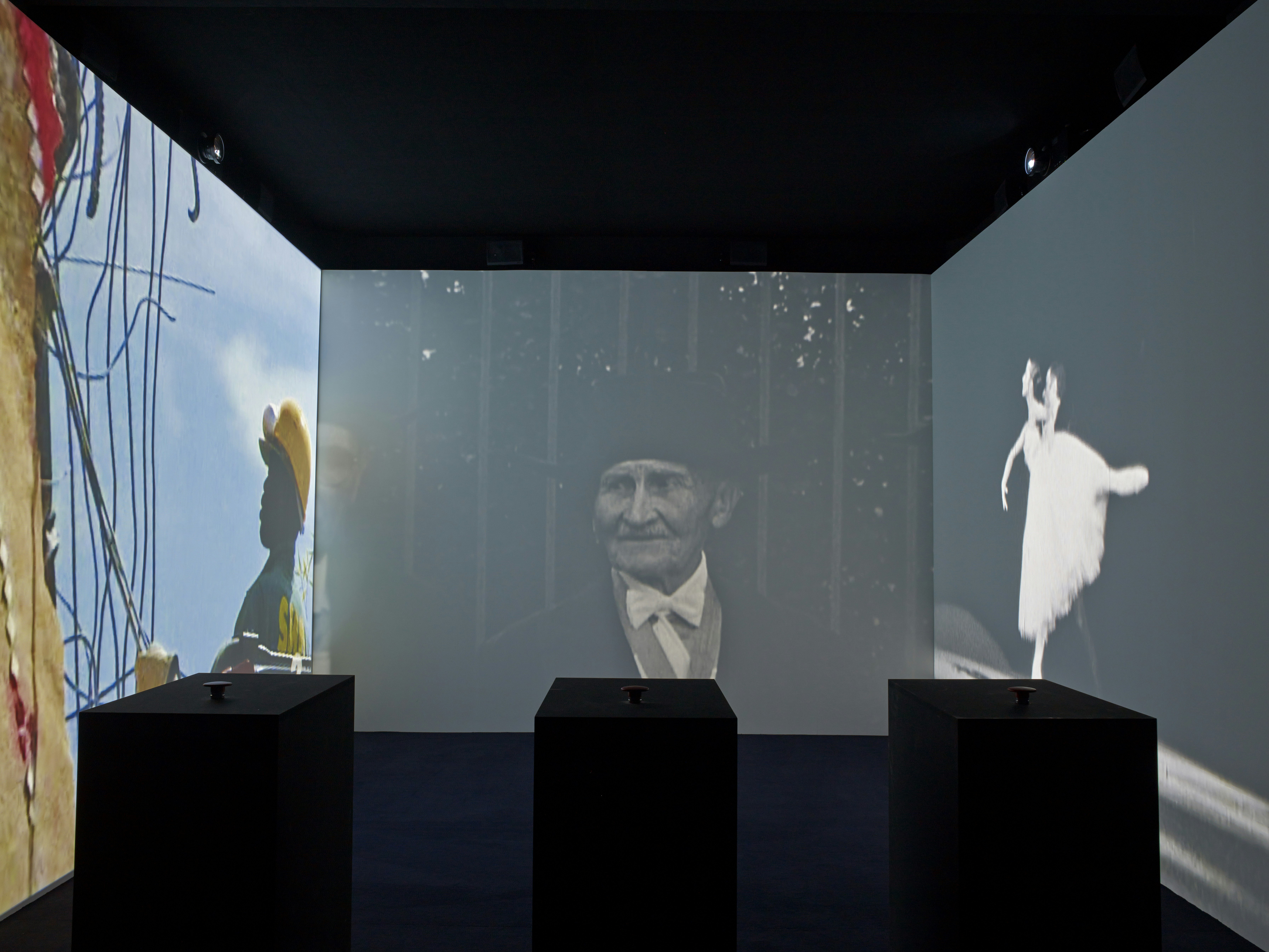
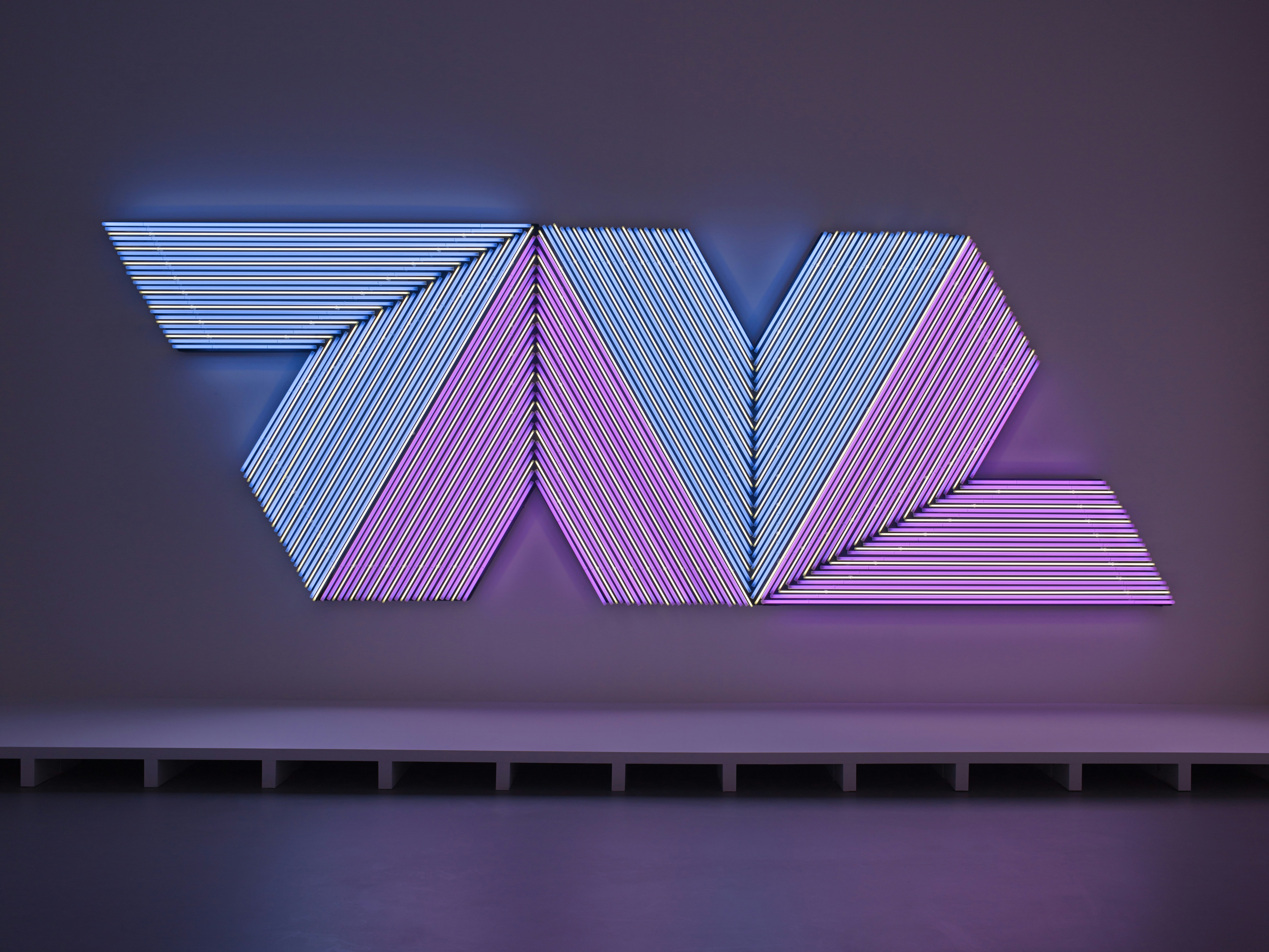
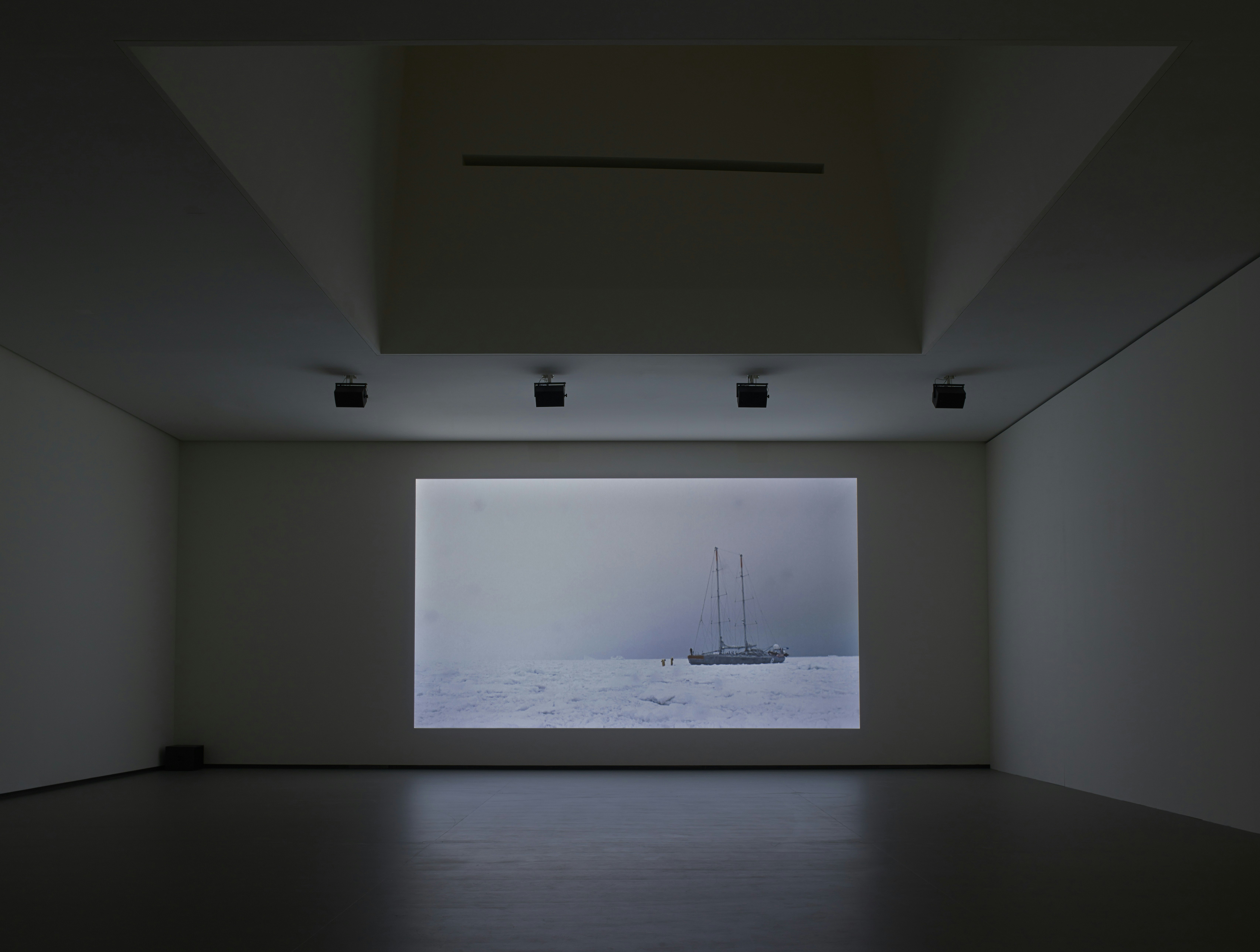
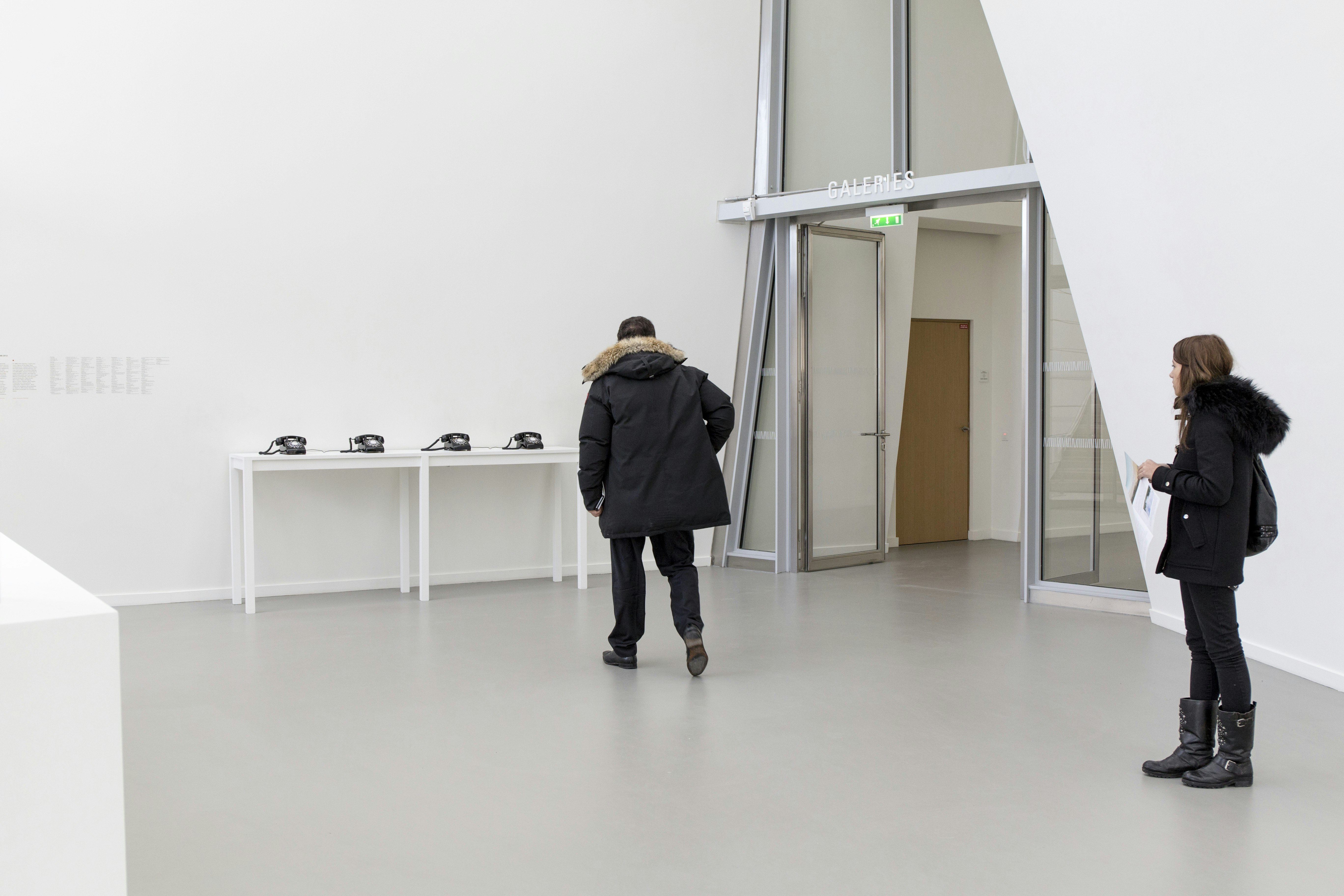
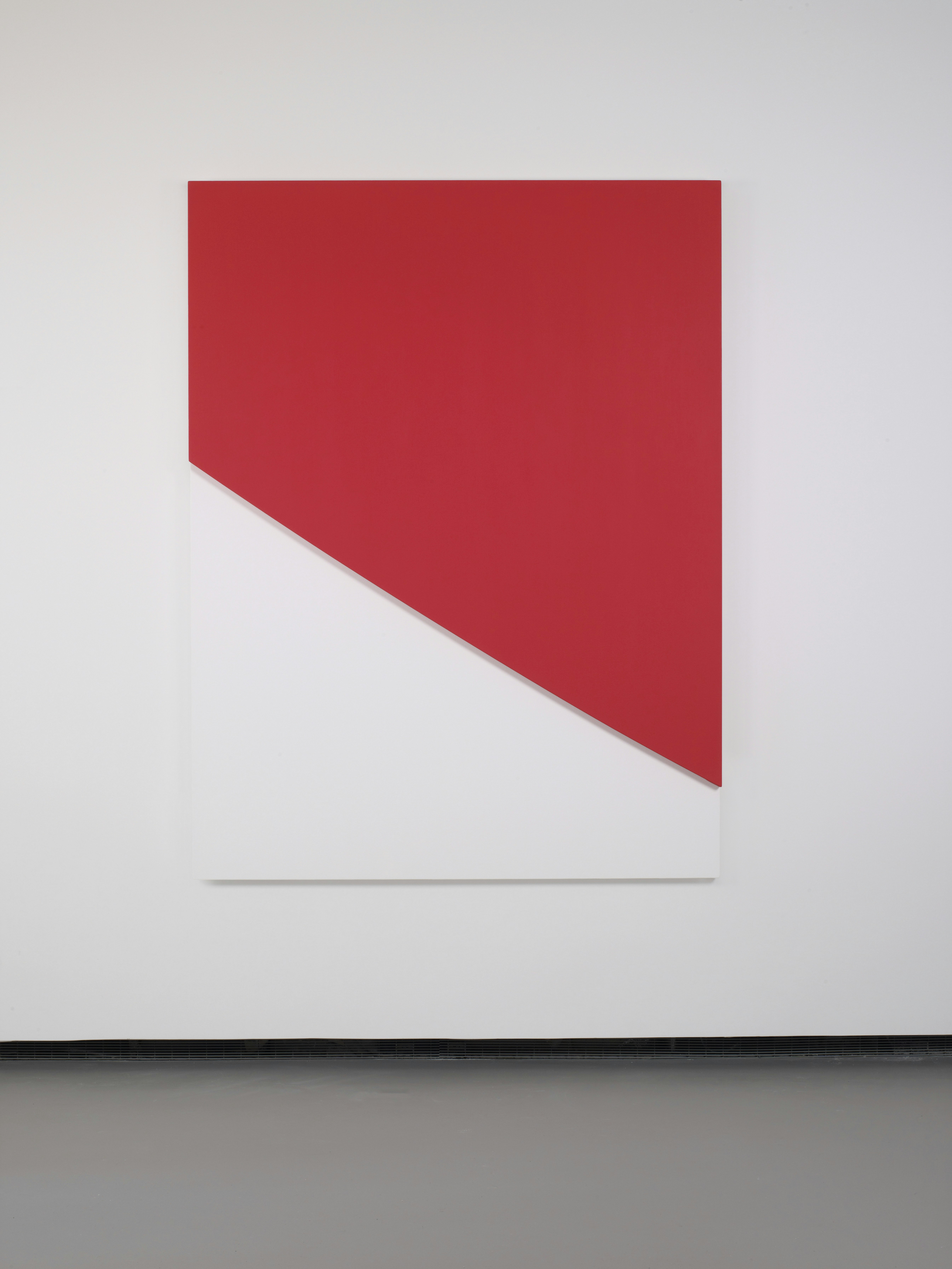

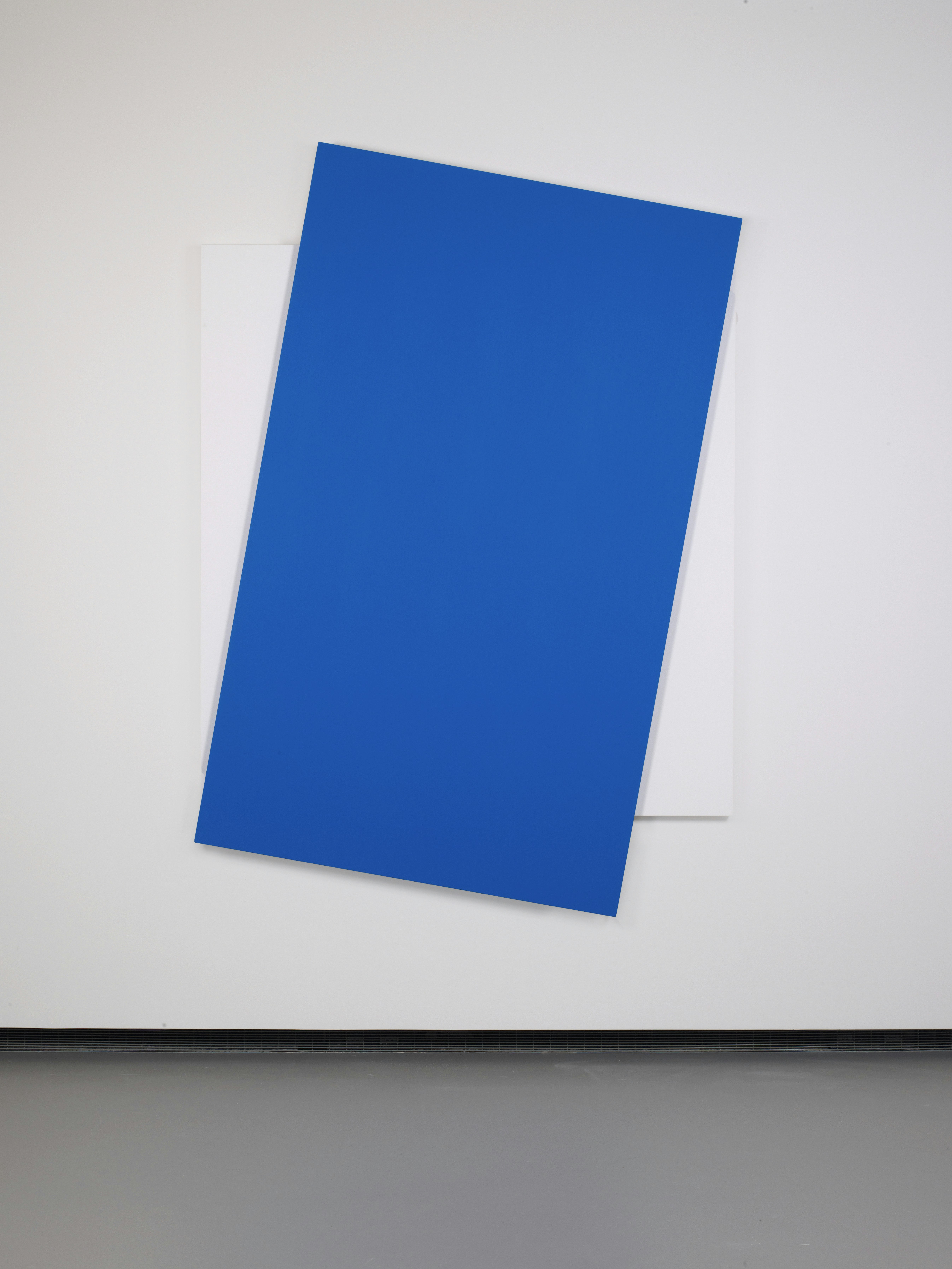
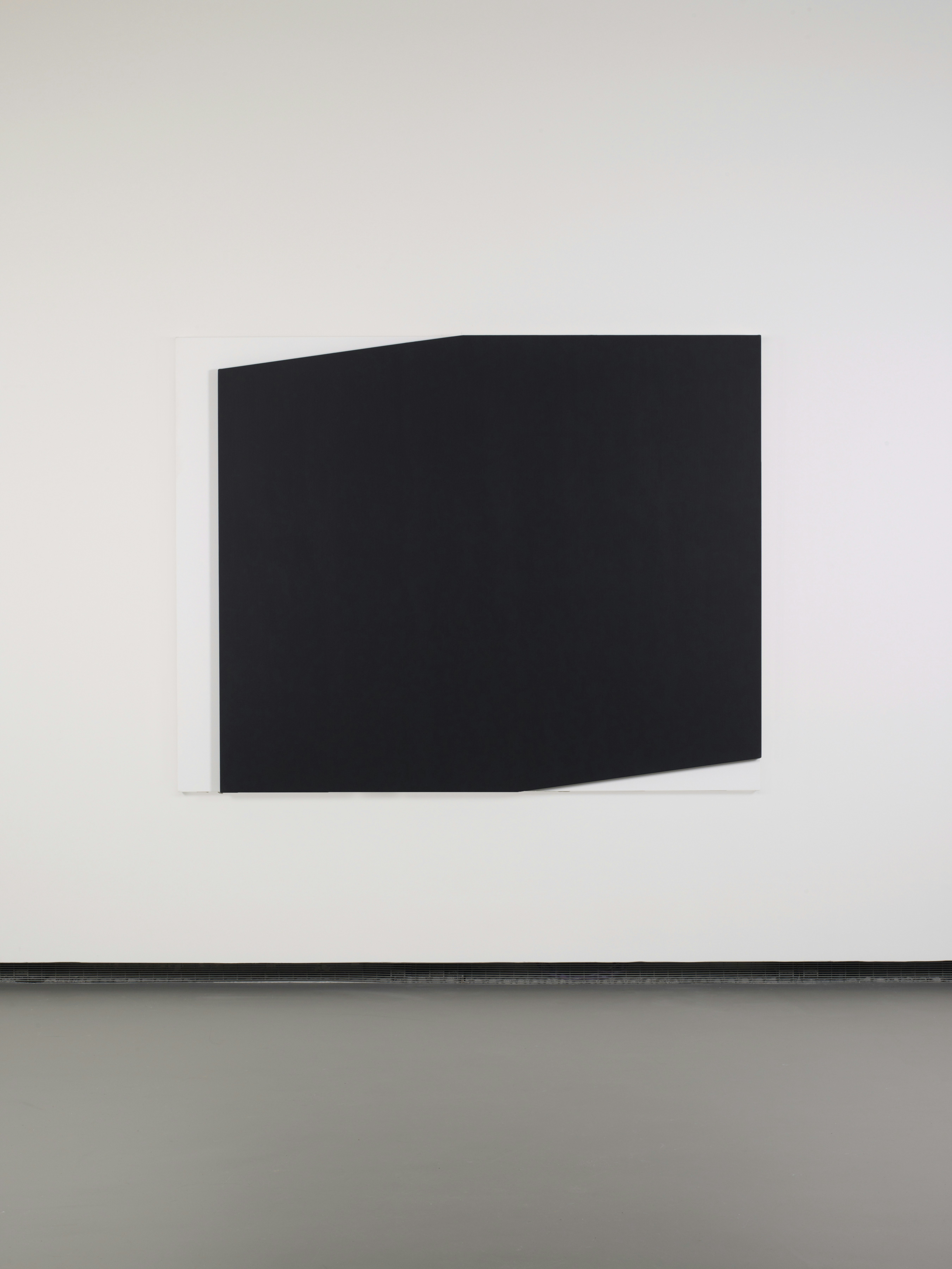
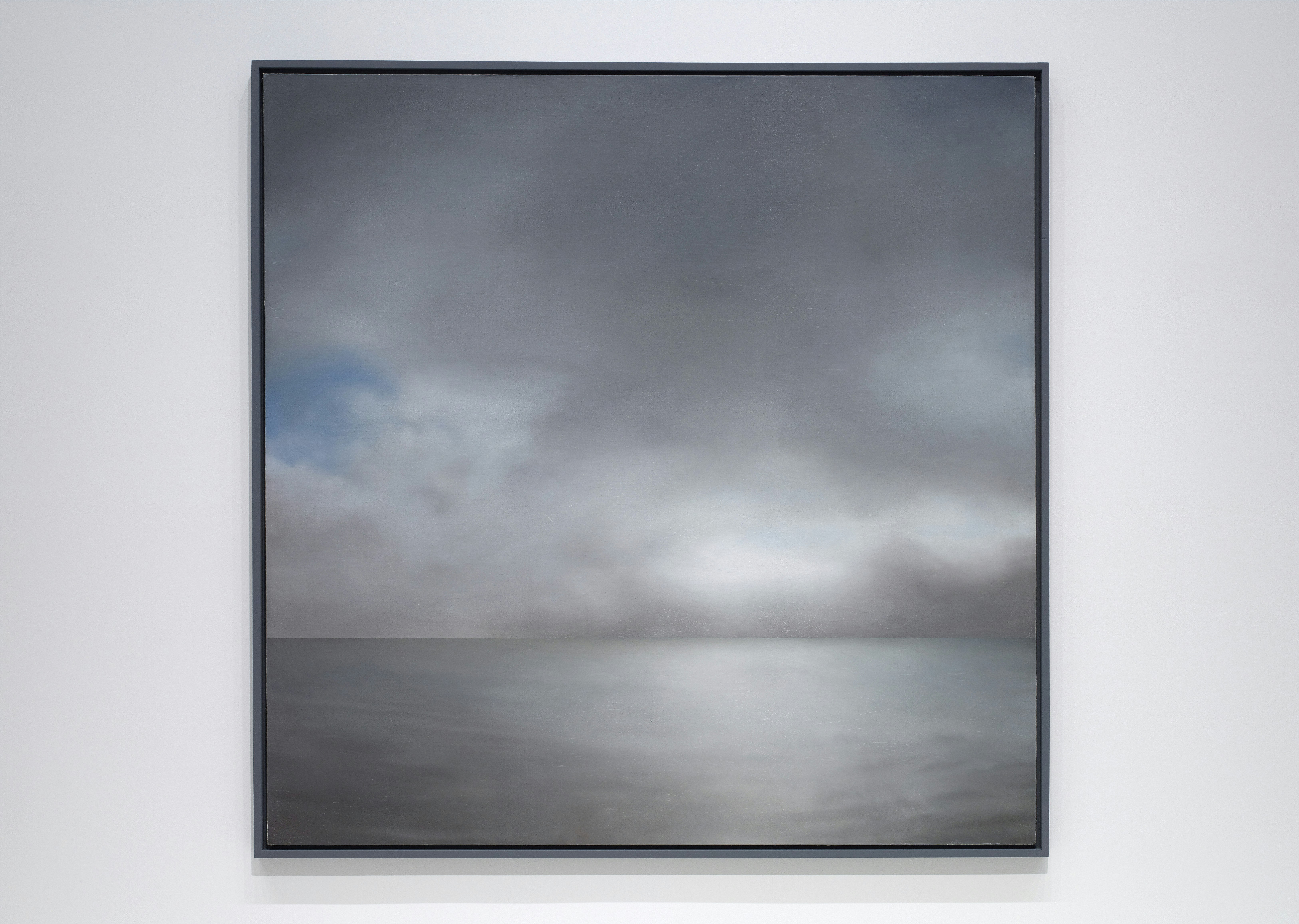


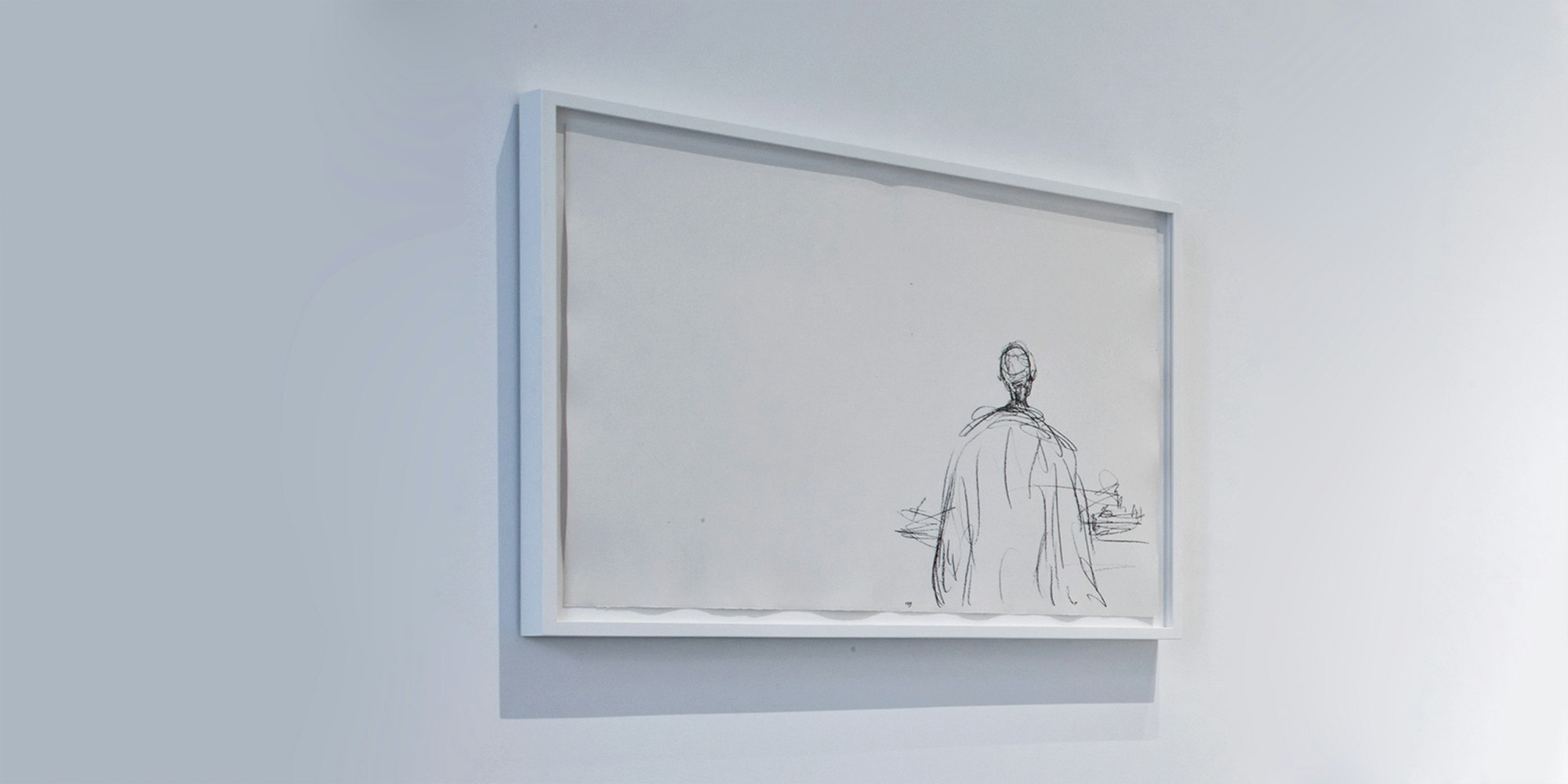



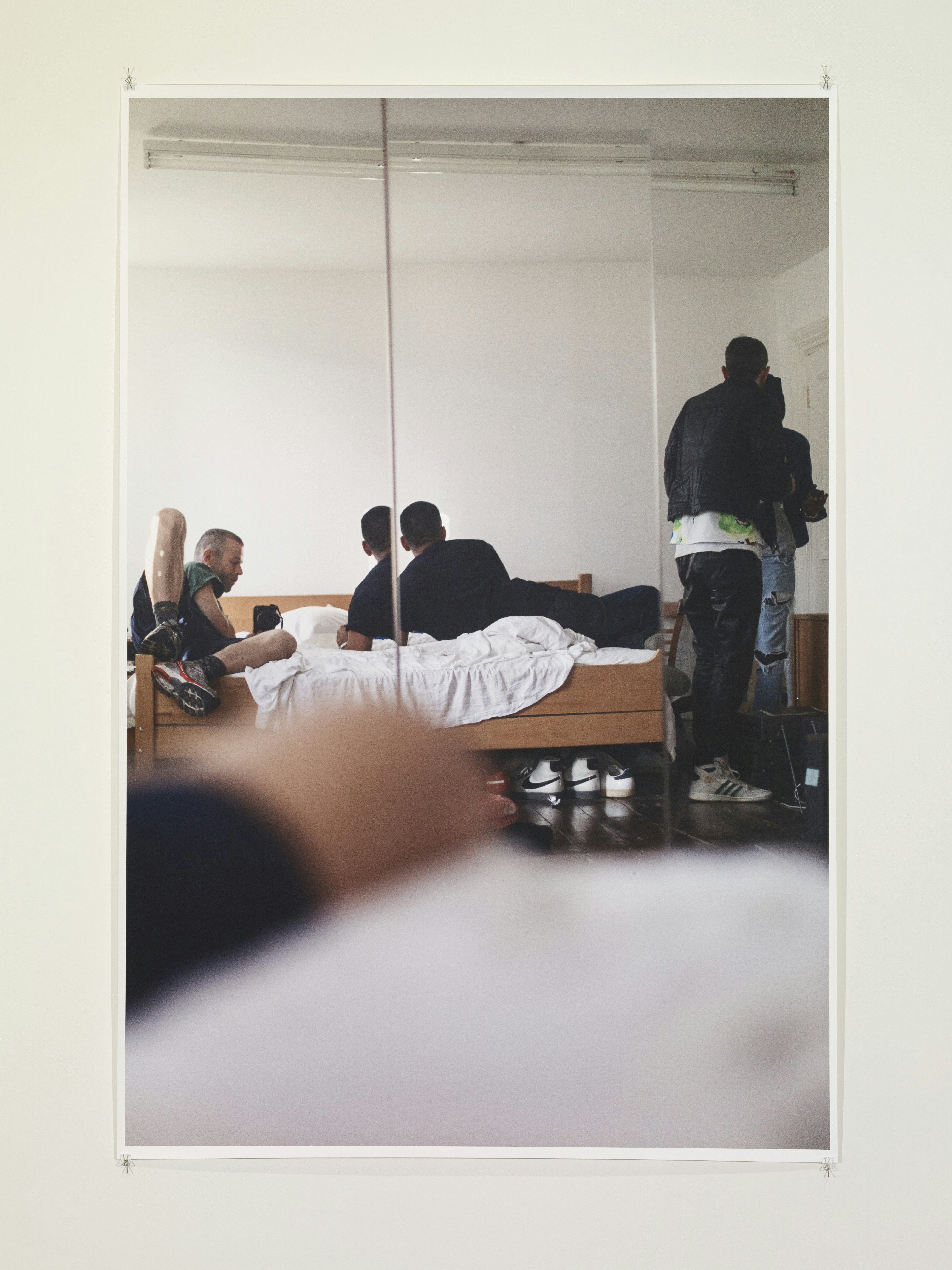


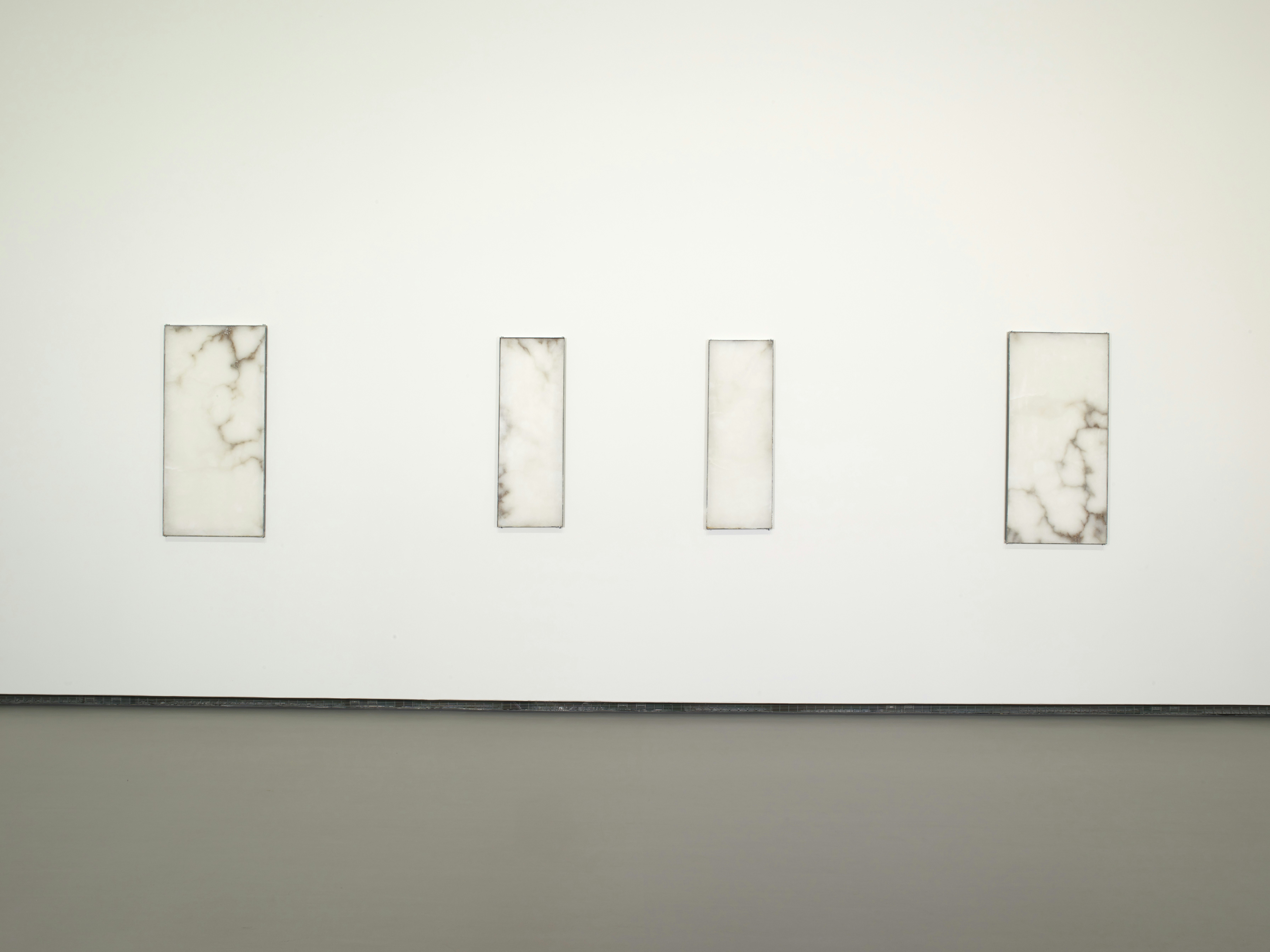
![Trois hommes qui marchent I; Trois hommes qui marchent [grand plateau]](https://flv-prd-oxud8mggj93od145.imgix.net/b2164b18-1705-40fe-8db0-a3b5683afbe6/36365-AlbertoGiacometti%2CTroishommesquimarchentgrandplateau%2C1948%2CvuedinstallationalaFondationLouisVuitton..jpg?dpi=72&s=3a0e6c0792514a42e30cb70d9947c72f)
